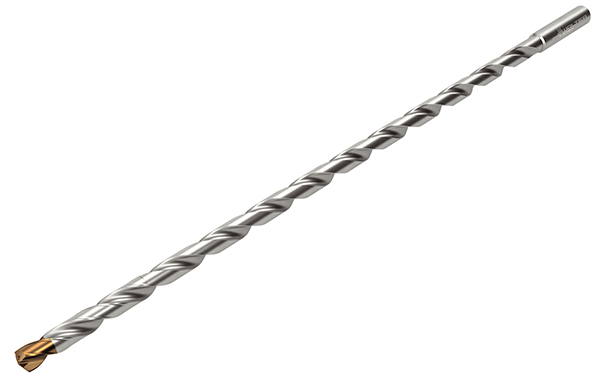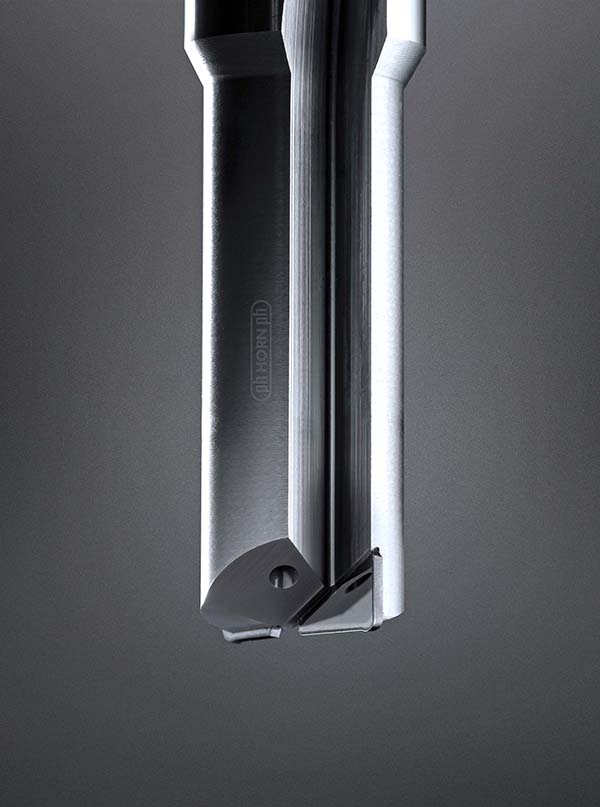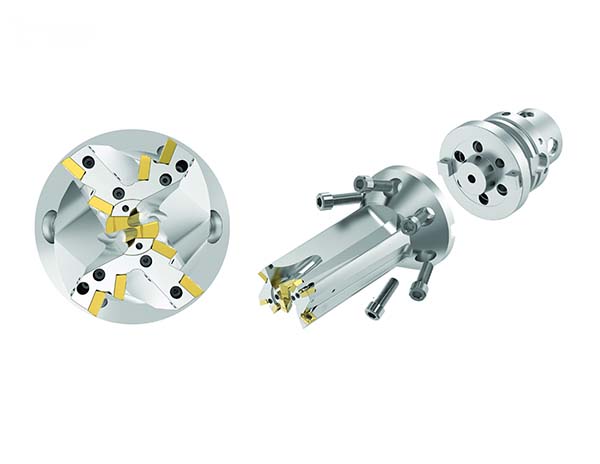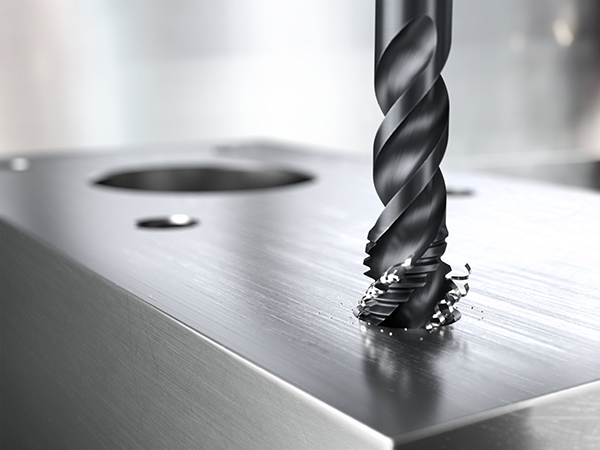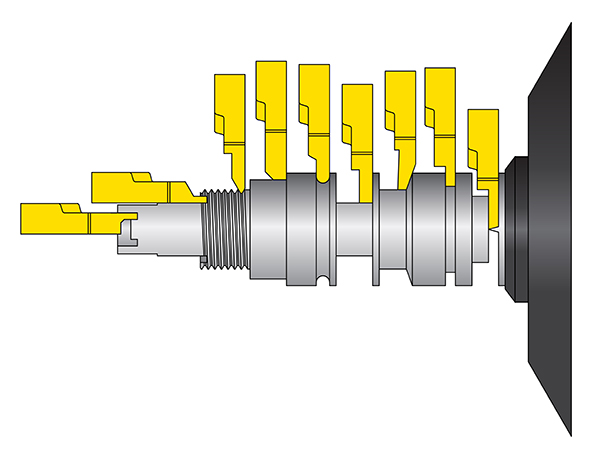
Walter has added lengths from 16 to 30xD to its X·treme Evo series of solid-carbide drills from the DC160 Advance range, thus facilitating deep-hole drilling applications. The DC160 Advance makes deep-hole drilling possible in a single operation without pecking, which is credit to Walter’s XD technology.
Complementing the existing 3, 5, 8 and 12xD offer, new arrivals include 16, 20, 25 and 30xD variants. The 16 and 20xD drills are available in diameters from 3 to 16 mm, whereas the longer 25 and 30xD variants come in diameters from 3 to 12 mm. The through-coolant drills are available with an overall length from 89 to 430 mm, depending upon the depth by diameter ratio of the selected drill.
Just like existing versions of the DC160 Advance, the latest deep-hole drills feature the new thinner web with 140° point angle and the fourth land in an advanced position. The thinner web ensures increased positional accuracy and reduces centre cutting forces, while the advanced-position fourth land optimises drill guidance. Furthermore, the new drills incorporate a pronounced chip gullet relief that creates a smooth and efficient cutting action upon initial entry. This softer cutting action reduces the required feed force, which subsequently eliminates deflection.
Grade selection ranges from the wear-resistant WJ30ET and WJ30EU to the tough K30F micro-grain substrate with TiSiAlCrN/AlTiN multi-layer coating. Furthermore, the polished flutes from 8xD optimise chip evacuation and reduce cutting forces.
Typical applications for the drills, which are available with or without through-coolant, include general engineering, as well as the mouldmaking, energy, automotive and aerospace industries.
For further information
www.walter-tools.com






